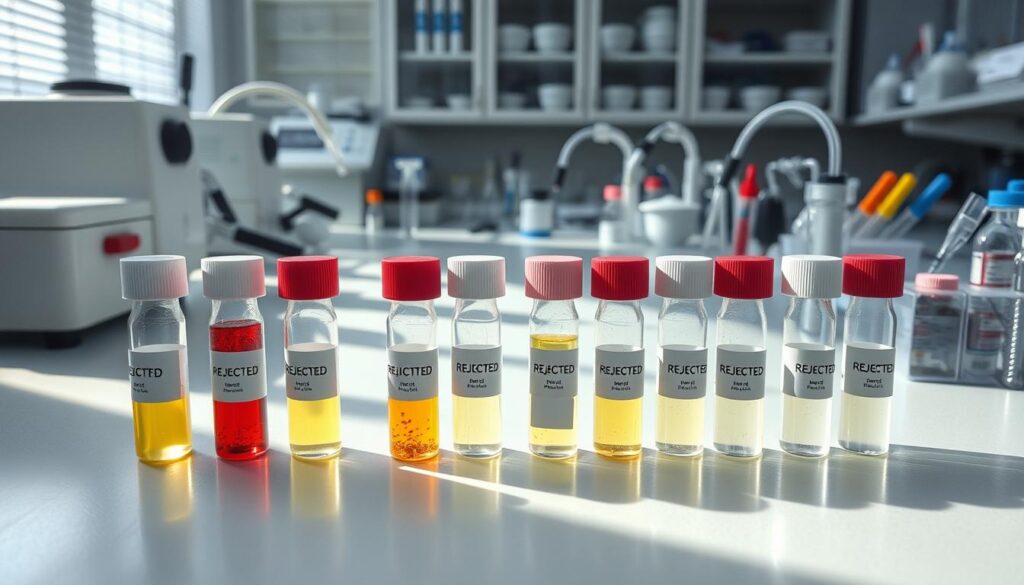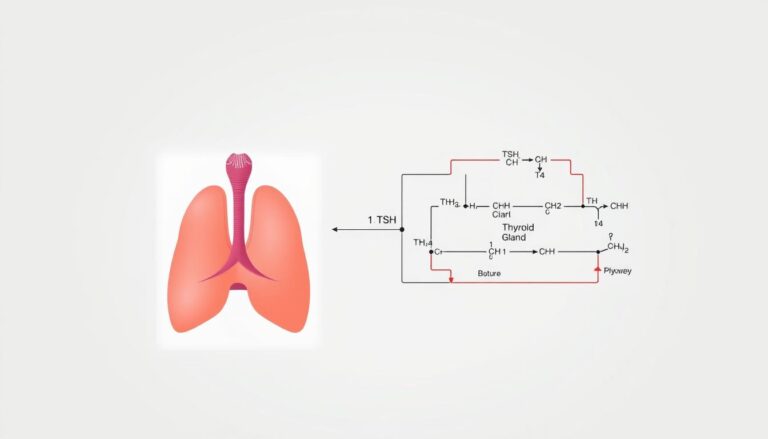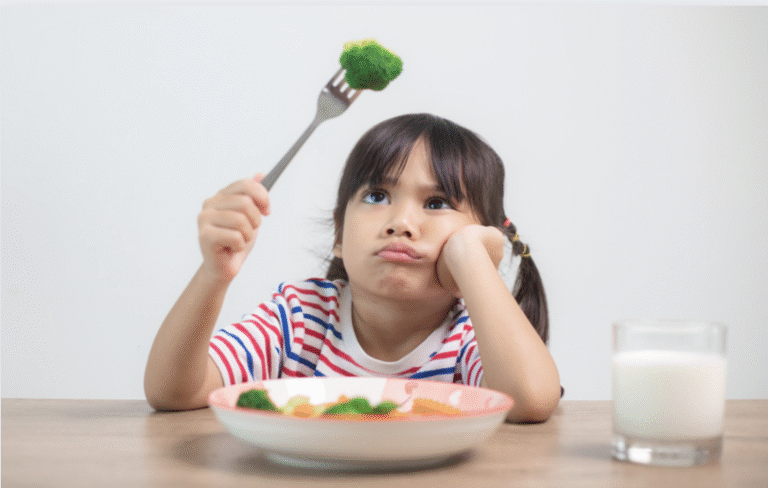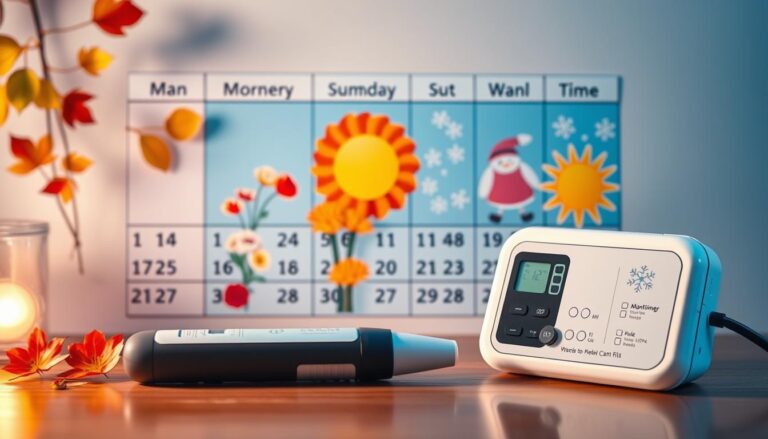Sample Rejection Criteria in Clinical Laboratories: Complete Guidelines and Protocols
Ever wondered what happens when a lab sample is rejected? And how can we avoid it? Knowing the rules for rejecting samples is key in labs, as it affects patient care. Up to 56% of lab mistakes happen before testing starts, showing the need for strict rules.
By following good sample rejection rules, labs can cut down on mistakes. This ensures test results are accurate.
Let’s look into why samples get rejected. It’s often because of wrong labels, not enough sample, or too long a wait. We’ll see why having clear rules is vital for lab tests’ integrity. With the right guidelines, like those from QMP-LS, we can lower rejection rates and keep patients safer.

Understanding Laboratory Sample Rejection Fundamentals
Sample rejection is a big deal in lab testing. It can mess up the accuracy of test results. To lower rejection rates, we need to know how to handle rejected samples and the process behind it. A clear lab policy on specimen rejection helps avoid mistakes and manage samples well.
The lab’s rejection policy explains how to deal with rejected samples. It lists reasons like wrong sample types, not enough sample, or labeling mistakes. Knowing these reasons helps labs avoid rejections and handle samples right.
Some main reasons for sample rejection include:
- Insufficient volume
- Hemolysis
- Inappropriate specimen container
- Storage issues due to transportation delay
- Wrong medical records
Studies show that pre-analytical errors cause a lot of lab mistakes. These include missing medical info, wrong containers, and lost samples. Labs can cut down on errors by having good rejection protocols and managing rejected samples well.
Understanding lab rejection policies and why samples get rejected helps labs improve. They can set up clear documentation, train staff on sample handling, and have ways to talk about rejected samples.
| Test Type | Rejection Rate |
|---|---|
| CD4 count tests | 6.67% |
| Viral load | 1.32% |
| Early infant diagnosis (EID) | 1.89% |
| Gene expert tests | 0.99% |
Common Reasons for Laboratory Sample Rejection
We’ve found several reasons why labs reject samples. These include wrong labels, not enough sample, and late arrival. To fix these, labs need strict rules for handling samples. This helps lower rejection rates and keeps quality high.
Some top reasons for rejection are:
- Improper labeling, which accounts for 8% of rejected samples
- Insufficient sample volume, which accounts for 5% of rejected samples
- Delays in sample receipt, which can lead to stability time exceeding the limit and sample degradation
- Sample contamination, which can occur due to improper handling or storage
By knowing these reasons, labs can work to lower rejection rates. They can do this by setting up protocols, training staff, and making sure guidelines are followed.
Also, labs can make clear rules for documentation and set up ways to talk about rejected samples. This helps solve problems fast and keeps quality high. By doing these things, labs can cut down on rejected samples and offer better services.
| Reason for Rejection | Percentage of Rejected Samples |
|---|---|
| Improper labeling | 8% |
| Insufficient sample volume | 5% |
| Delays in sample receipt | 12% |
| Sample contamination | 7% |
Implementing Effective Sample Rejection Protocols
To cut down on the impact of rejected samples, we need good protocols. This means clear rules for handling rejected samples, training staff, and telling others about rejected samples. It’s all about making sure labs run smoothly and patients get the care they need.
Following the best practices in labs can lower the number of rejected samples. For example, using the right containers and following specific rules for different samples can help avoid mistakes. Training staff and setting up clear steps for handling rejected samples also helps manage them well.
Some key strategies for reducing sample rejection rates include:
- Setting clear rules for collecting and handling samples
- Training staff on how to handle samples correctly
- Creating ways to tell others about rejected samples
- Creating detailed steps for handling rejected samples
By using these protocols, labs can lower the number of rejected samples. This means test results come faster and it costs less. For instance, a study showed that rejected samples can delay test results by 65 minutes. It also costs a lot, up to $357.15 per inpatient and $337.05 per outpatient each year.
Also, labs can check their rejection rates against benchmarks. For example, the CAP Q-probes studies found a median rejection rate of 0.31%. Labs can aim for a rate of 0.28% to improve patient care.
| Test Type | Rejection Ratio |
|---|---|
| Biochemistry tests | 2.5% |
| Complete blood count (CBC) | 3.2% |
| Blood gases | 9.8% |
| Urine analysis | 9.2% |
| Coagulation tests | 13.3% |
Conclusion: Best Practices for Maintaining Sample Integrity
Following strict sample handling and rejection protocols is key for labs to keep test results accurate. By sticking to best practices, we can cut down on sample rejection. This makes our lab work more efficient and effective.
Training our staff well on sample collection, processing, and documentation is vital. This way, everyone knows how important keeping samples quality is. It also helps us avoid mistakes that could lead to sample rejection. Good communication between lab and clinical staff is also crucial. It helps us spot and fix any issues that might cause sample rejection.
It’s also important to regularly review and update our sample acceptance policy. As the industry changes, we need to keep up with new guidelines. By improving our sample rejection procedures, we can reduce disruptions in our work. Most importantly, we ensure our patients get accurate and reliable results.







